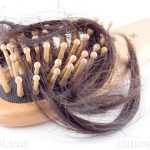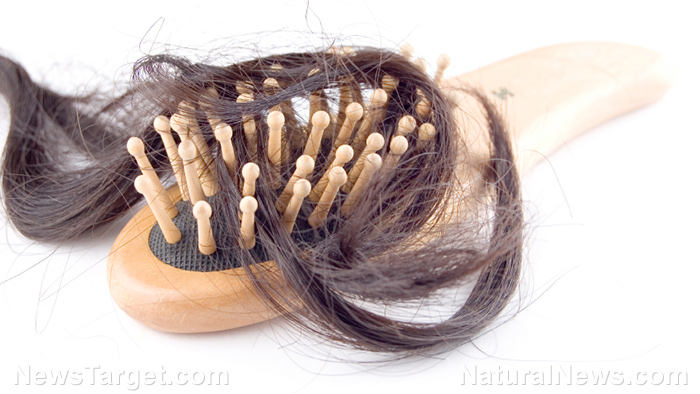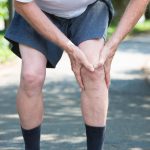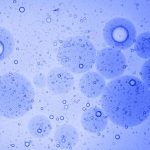
The secret to “unlimited” hair: Can this major scientific achievement finally address hair loss?
Monday, March 02, 2020 by Arsenio Toledo
http://www.naturalnewsresearch.com/2020-03-02-scientific-achievement-finally-addresses-hair-loss.html

Scientists from the Sanford Burnham Prebys Medical Discovery Institute (SBP) believe that they have found a way to cure baldness for good. The team of researchers figured out how to grow an “unlimited” amount of natural-looking hair all from stem cells.
According to the researchers, who presented their findings to the International Society for Stem Cell Research, they grafted human induced pluripotent stem cells (iPSCs) onto a “scaffold” which they then implanted under the skin of the mice. This patch of stem cells then grew natural-looking hair. Previous trials into using stem cells to grow hair have been tried but were unable to achieve the same level of success as the recent trials.
The lead researcher, Dr. Alexey Terskikh, who works as an associate professor for SBP’s Development, Aging and Regeneration Program, has been studying using stem cells to grow human hair for several years now. Back in 2015, he successfully grew human hair on mice. However, the cells he developed in this experiment grew without any control and the process he used needed a lot of refinement. According to Tersikikh, his latest trial had improved protocols which now control the amount of hair and the direction in which it grows.
This latest process involves creating 3D biodegradable scaffolds out of the same material used by dissolvable stitches. These scaffolds are then combined with the skin cells of mice and human dermal papilla cells, or cells that reside in the hair follicles that control hair growth, length and thickness.
The scaffold with the mice and human cells are then implanted onto mice. Once the scaffold disappears, the hair begins growing normally.
A solution to hair loss
“Our new protocol described today overcomes key technological challenges that kept our discovery from real-world use,” said Terskikh. “Now we have a robust, highly controlled method for generating natural-looking hair that grows through the skin using an unlimited source of human iPSC-derived dermal papilla cells. This is a critical breakthrough in the development of cell-based hair-loss therapies and the regenerative medicine field.”
Terskikh hopes that he and his team can begin human testing in the near future. They will do this by combining human iPSC-derived epithelial and dermal papilla cells, which they will then place onto the scaffold and implant into humans. This procedure will lead to the creation of entirely human hair. Terskikh has noted that this process is very unique compared to other hair follicle regeneration programs because the human iPSCs will provide a nearly unlimited supply of cells, all of which can be derived from a simple blood draw. (Related: Study reveals fermented water chestnuts help with symptoms of balding, hair loss.)
The long-term goal of these trials is to be able to provide hair transplants made from cells given by donors, making reversing hair loss a quick and affordable procedure.
“I am eager to advance this groundbreaking technology, which could improve the lives of millions of people who struggle with hair loss,” Dr. Richard Chaffoo, a plastic surgeon, said.
Hair loss is a serious concern and it affects more than 80 million men, women and children in the United States alone. Hair loss is affected by genetics, aging, childbirth and certain injuries and medical conditions. Hair loss can even cause emotional distress and can lead to self-esteem issues which can turn into anxiety and depression.
While this technology is still being developed, there are some methods that you can adopt to prevent, or at the very least reduce, the risk of hair loss. Several diets and supplement regimens have been proven to be effective, such as switching to a Mediterranean diet and taking a series of multivitamins that can naturally support the growth of healthy hair.
Sources include:
Tagged Under: Tags: 3D scaffolds, biotechnology, breakthrough, cosmetics, future science, goodhealth, goodscience, hair loss, hair loss treatment, real science, research, Stem cells
RECENT ARTICLES


Large reservoirs of “fire ice” beneath the ocean can potentially trigger devastating disasters if released

Researchers “shed light” on plants’ circadian clocks: Findings could be used to improve future crops

Are antibodies in the joints to blame for rheumatoid arthritic pain? Animal study helps researchers understand antibody-mediated pain

Researchers discover gut bacteria that can render some drugs ineffective
COPYRIGHT © 2017 NATURAL NEWS RESEARCH

